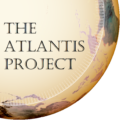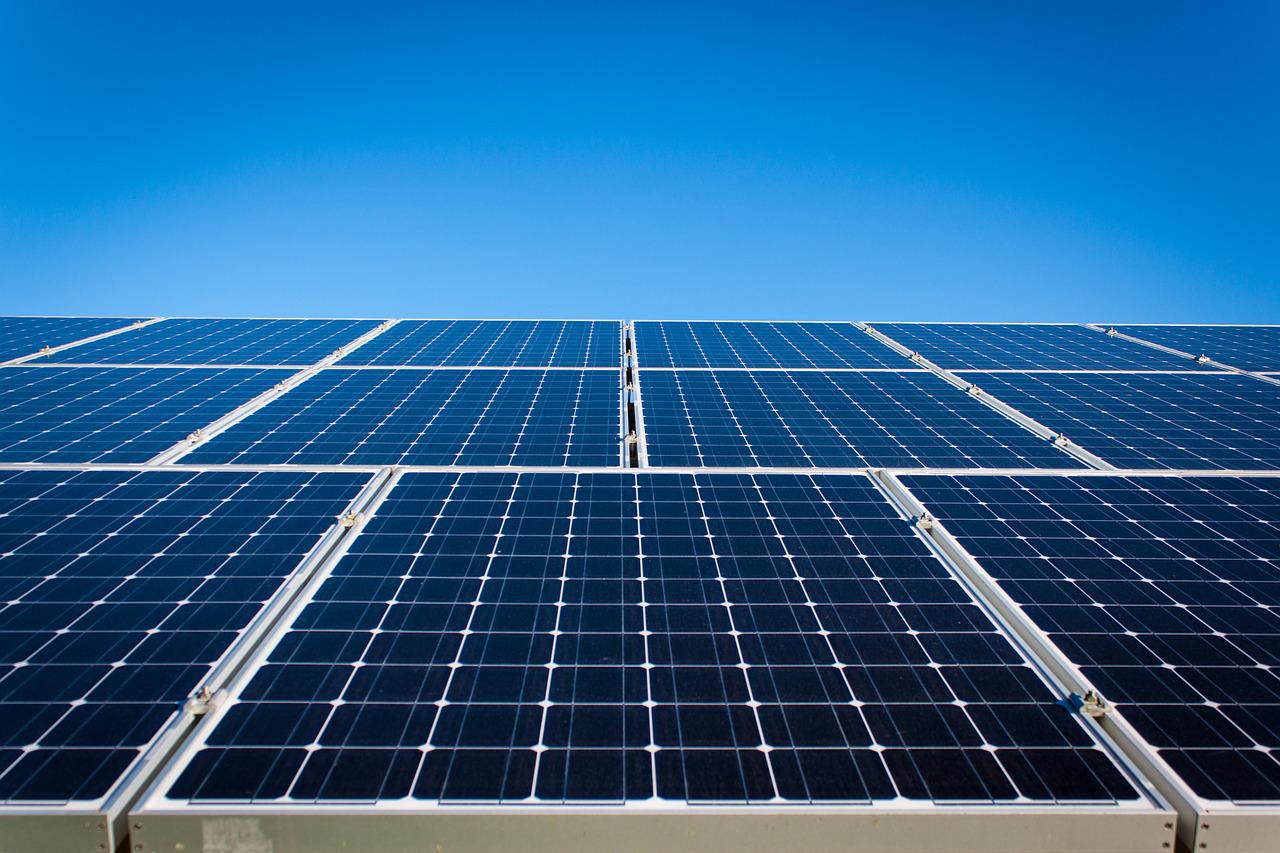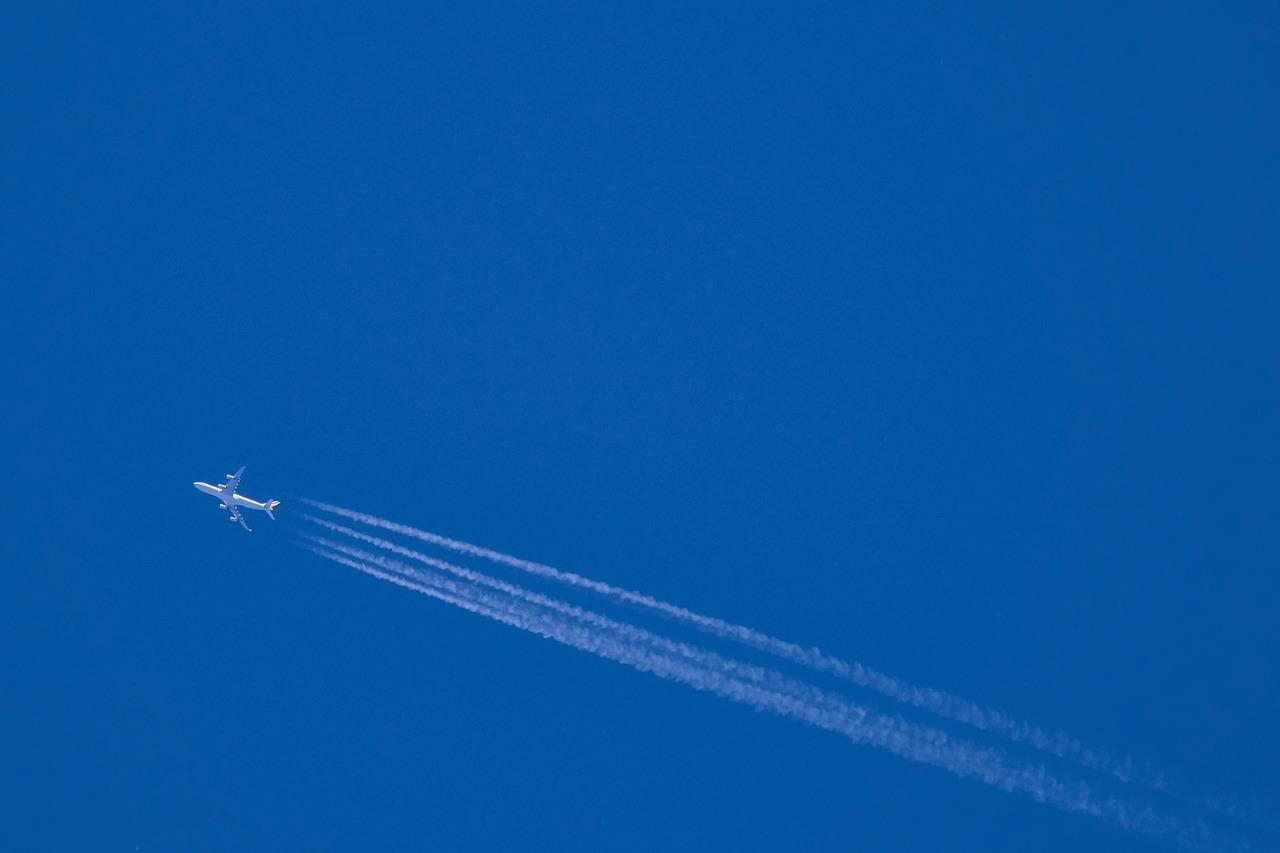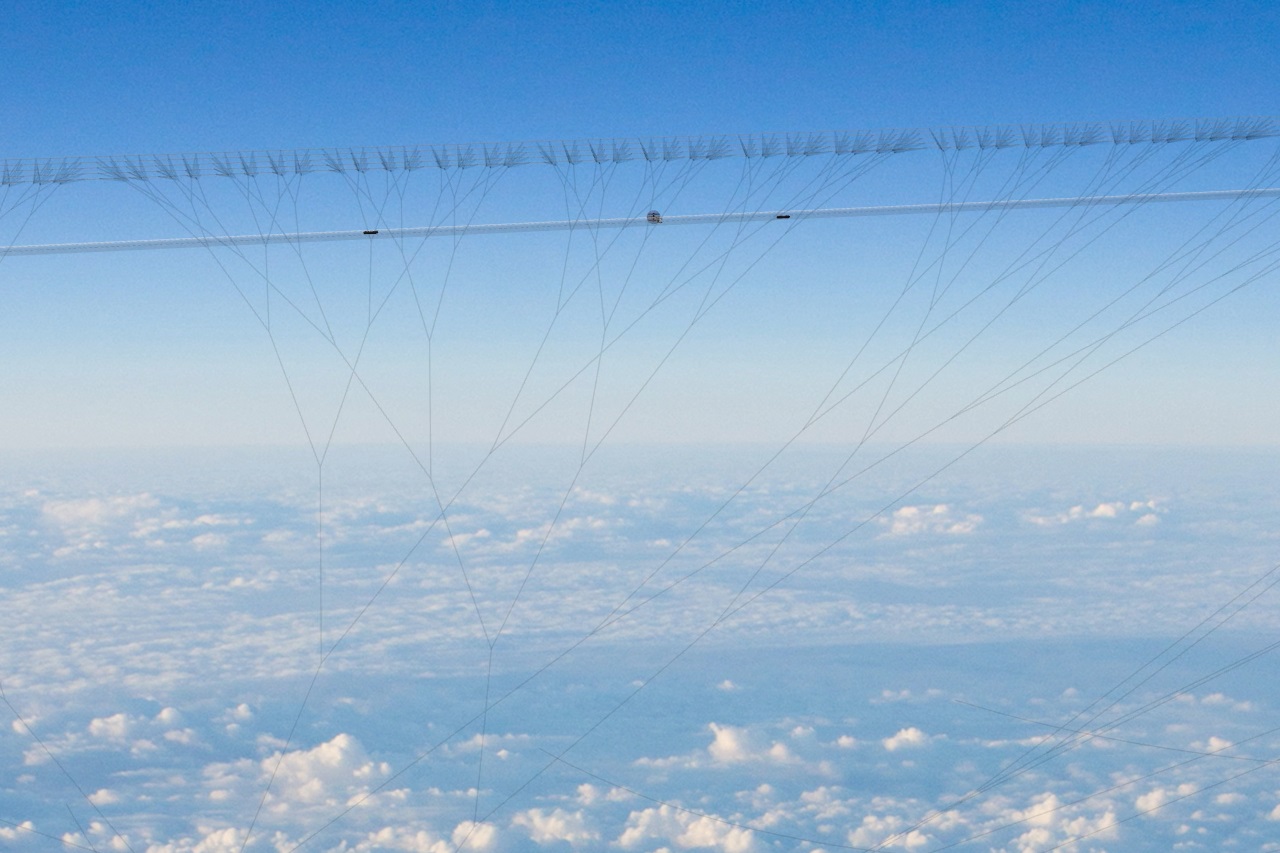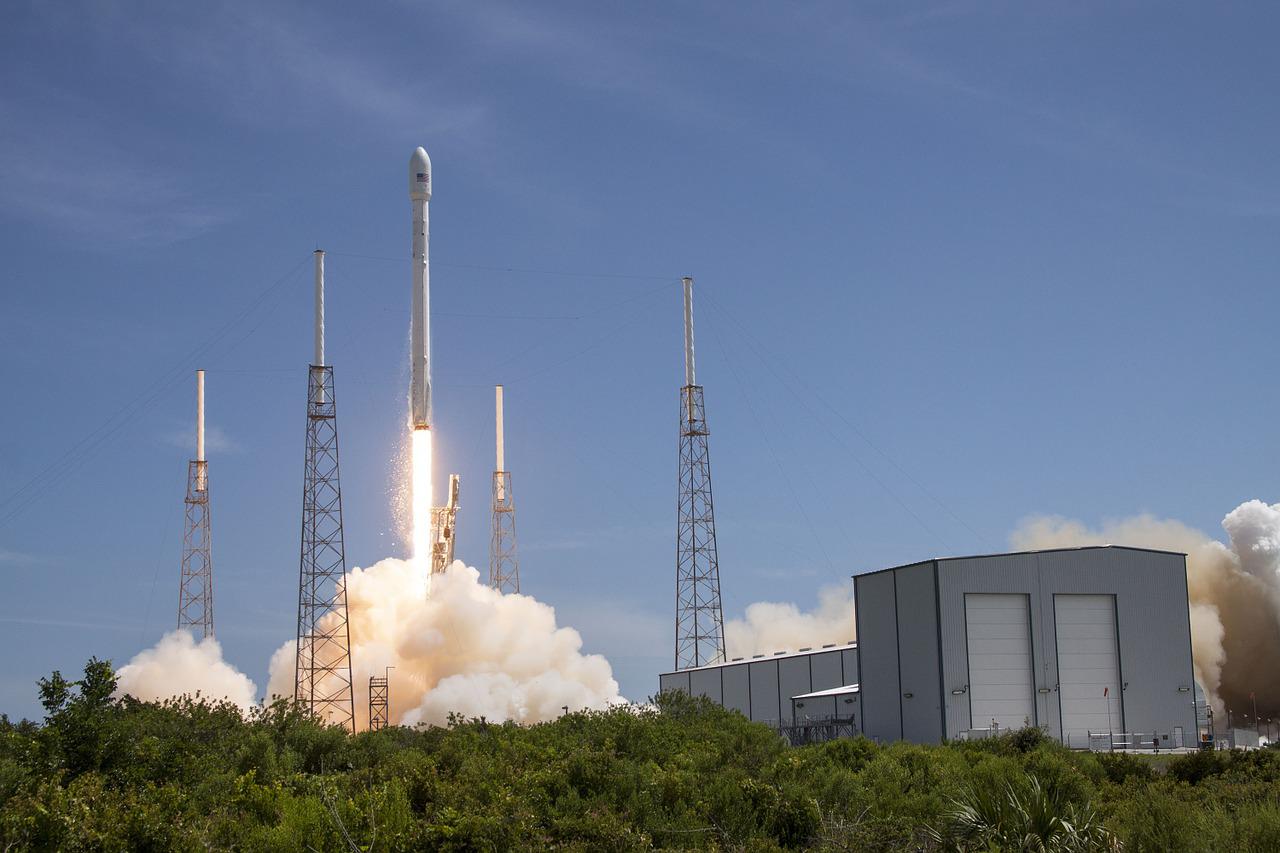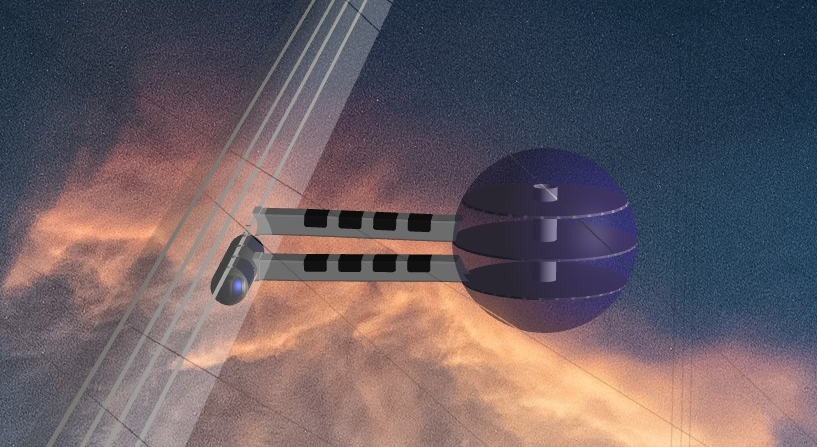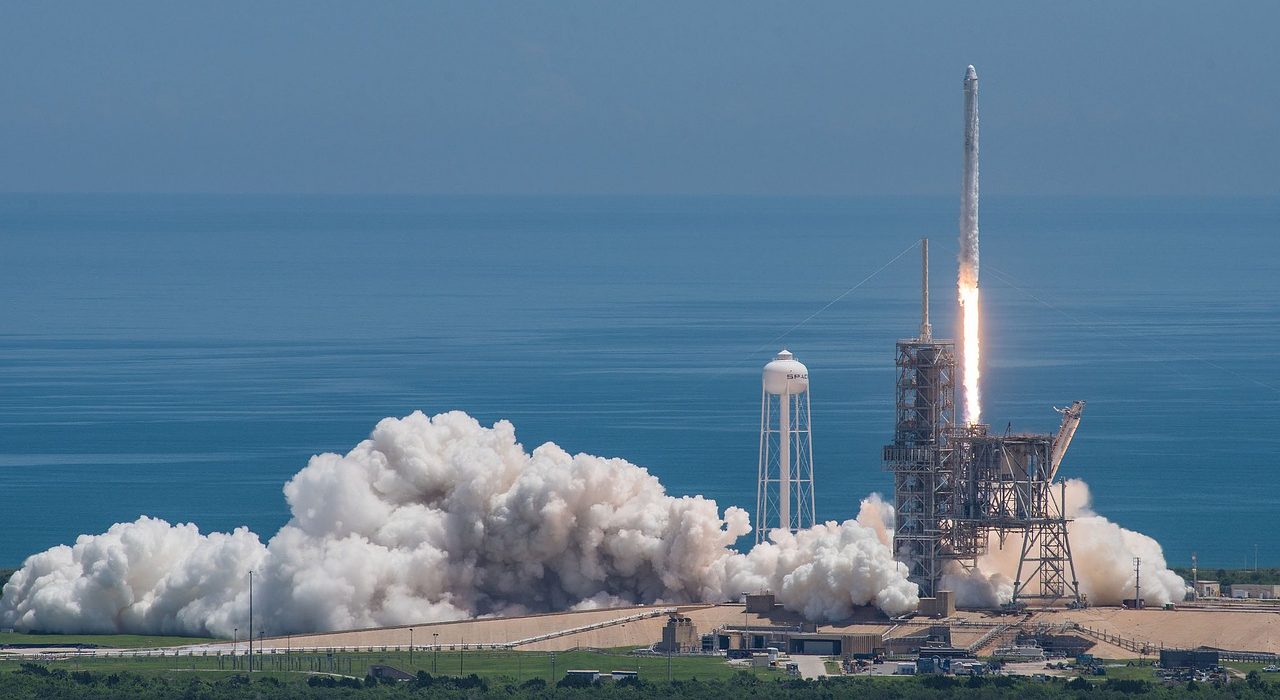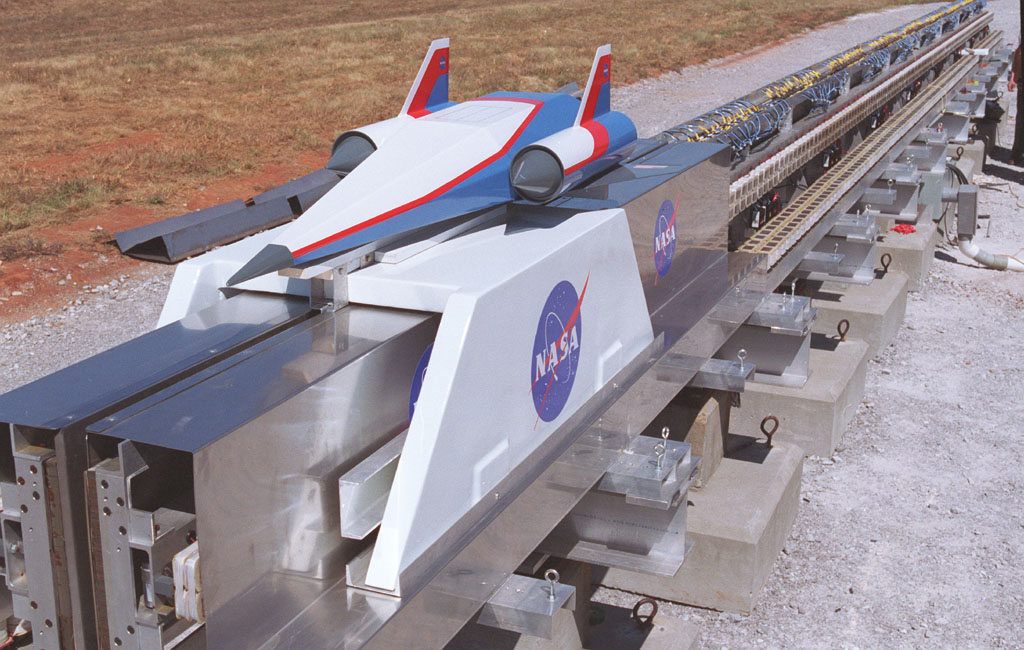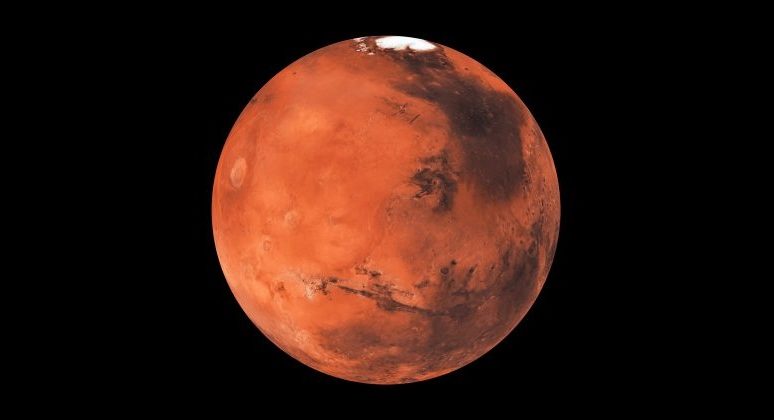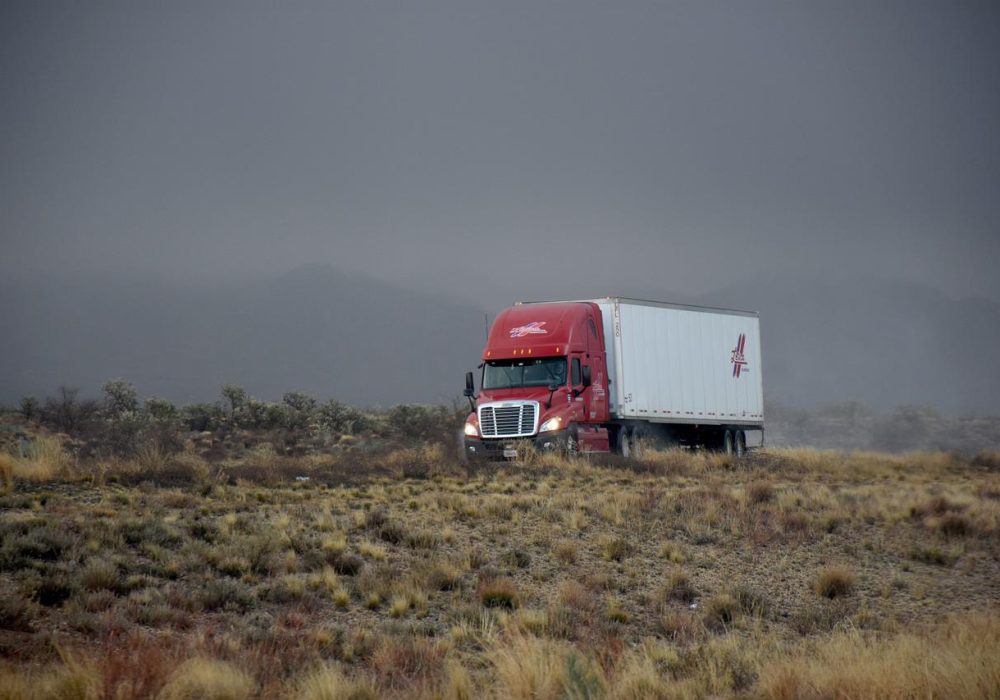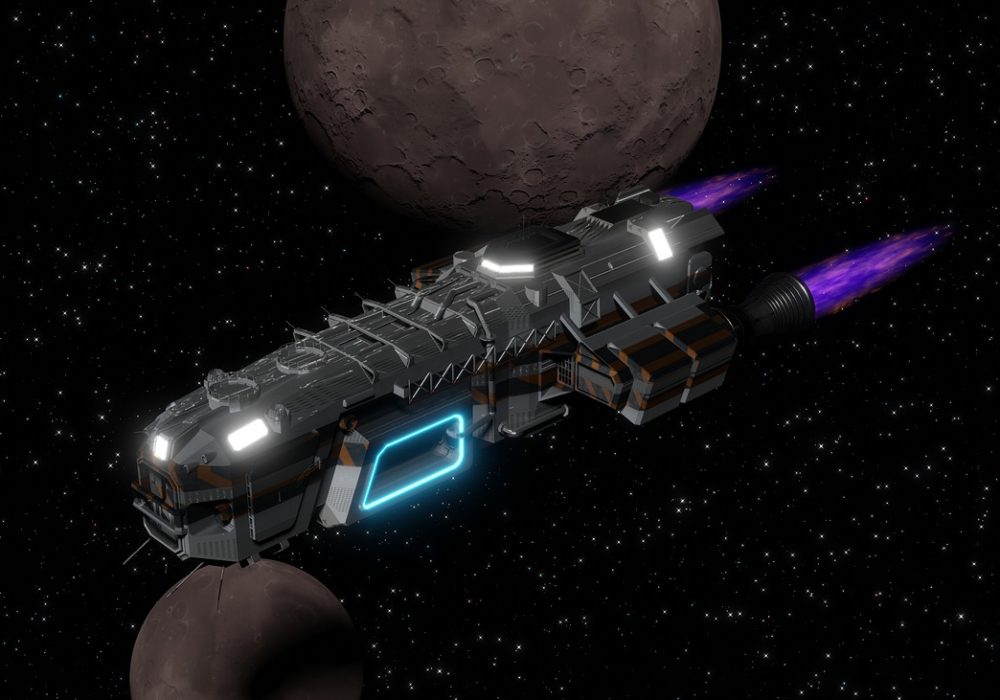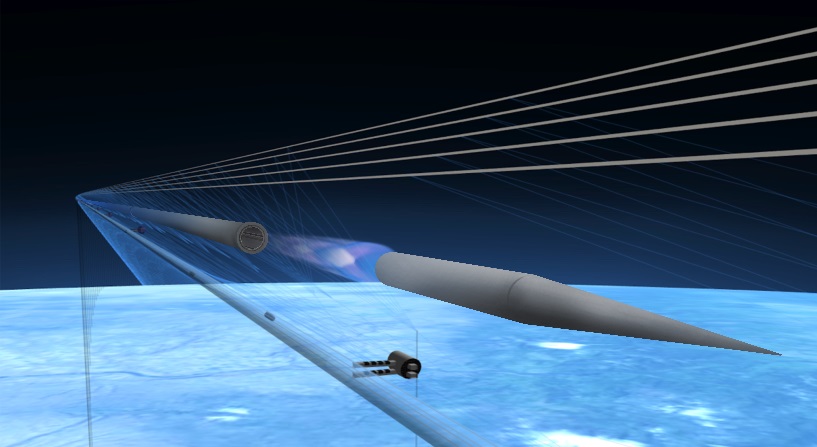About Us
The Atlantis Project is a research organization dedicated to uncovering transformative ideas made possible by today’s science and technology. Our mission is to evaluate whether these ideas are receiving the right level of attention and to advance and promote the most promising concepts.
A Tethered Ring is an example of such a technology. It is a dynamic structure that can cost-effectively support space launch facilities, transportation infrastructure, and a sizable human settlement at high altitudes. An altitude of 32 km and a population of 250,000 is shown to be achievable using circa 2017 science and technology. The structure resembles a pipeline formed into a ring having a diameter similar to that of Earth’s moon. It stays aloft primarily by generating and properly combining inertial forces with tensile forces to offset the pull of gravity. The inertial forces are produced by the circular motion of magnetically levitated rings within the pipeline, and the tensile forces are generated by appropriately tethering the pipelines to the planet using stays made of strong, lightweight, industrial fiber. The entire structure can be fabricated on Earth and neither its construction nor its deployment depends on a pre-existing space infrastructure or space-based industry. The deployed structure is resilient to catastrophic failure because its precision-guided fast-moving components are: a) not exposed to seismic or climatic battering, and b) safely above and thus out of range of tacit civilizational threats, such attacks involving torpedoes or commandeered aircraft. The tethered ring is an optimal “stepping stone” infrastructure for furnishing humanity with a safe, affordable, and sustainable means to escape Earth’s gravity, expand its civilization into space, and ultimately evolve into a multi-planetary species.
The Atlantis Project’s goals are to:
- Develop the technologies needed to significantly reduce the cost of space launch, making space accessible to ordinary people,
- Increase awareness about the need for transformative change to occur within the space launch industry,
- Educate on the numerous short-term and long-term benefits of successfully developing low-cost and sustainable space launch infrastructure.
